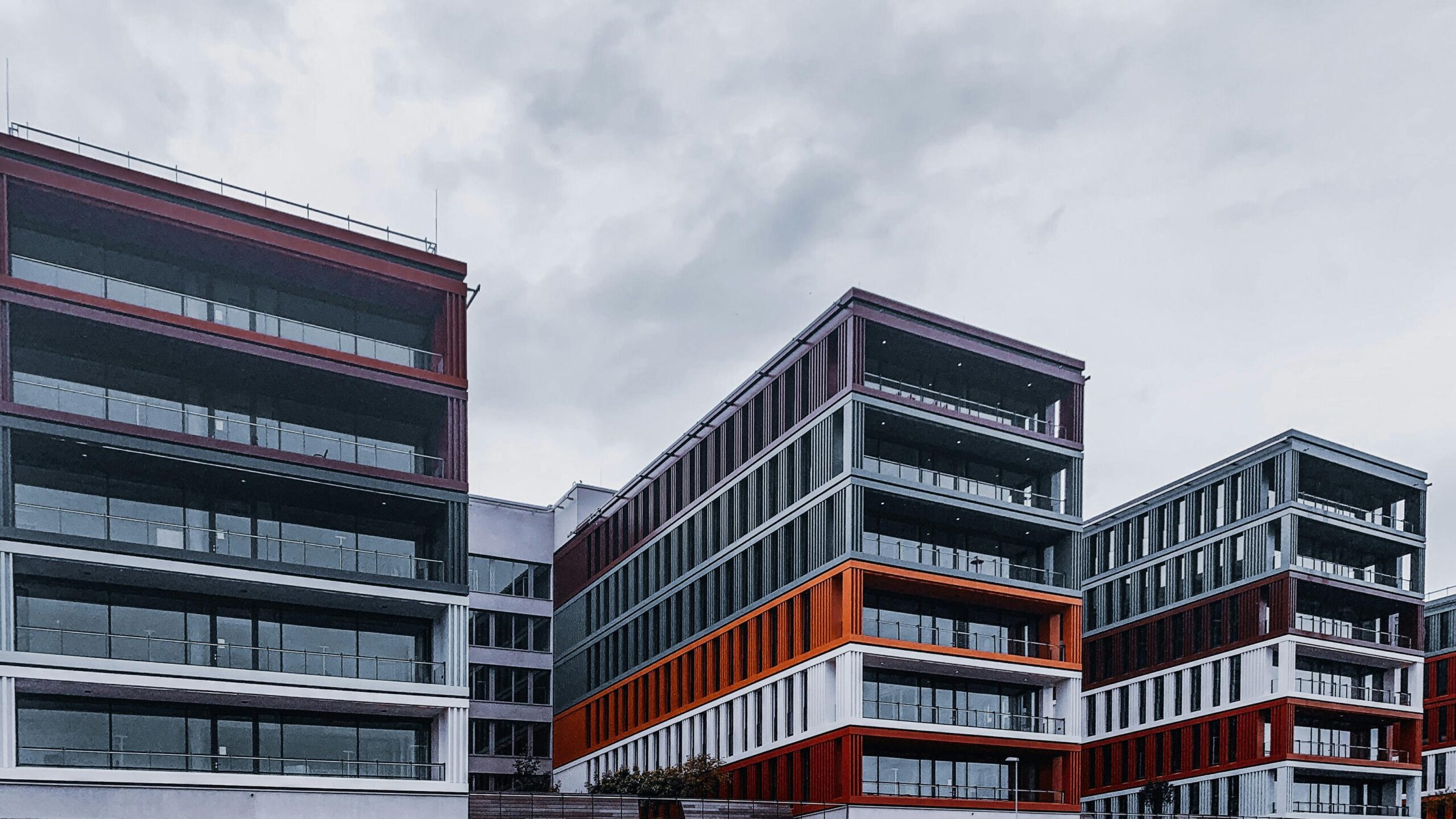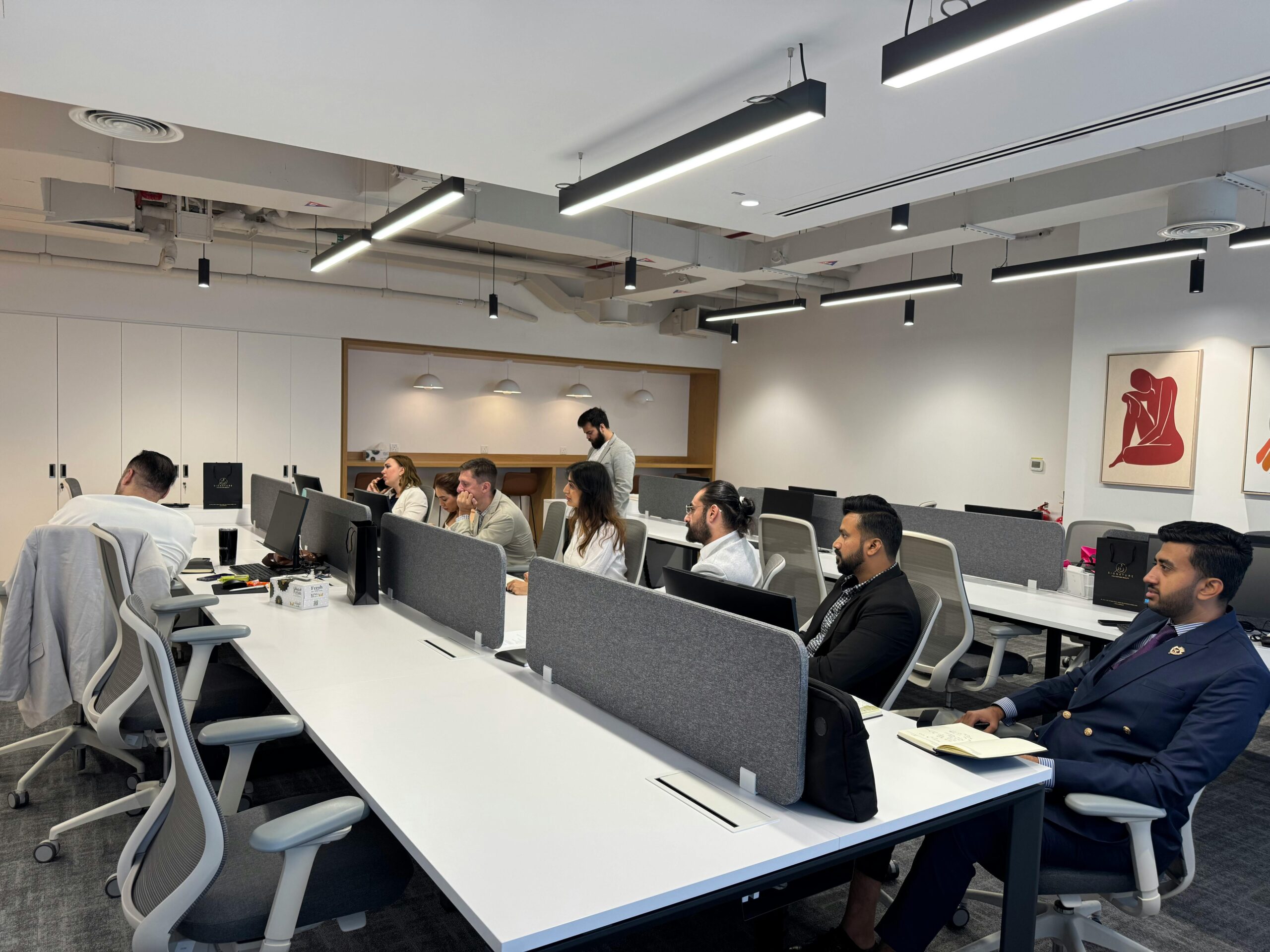
In the dynamic landscape of U.S. commercial real estate, few topics spark as much debate as deregulation. Whether seen as a liberating force for growth or a destabilizing threat, deregulation is a double-edged sword. Office spaces and retail centers, both already grappling with post-pandemic shifts and technological disruptions, stand at the crossroads of policy decisions that could either revive or further challenge their viability.
This article explores the potential benefits and drawbacks of deregulation for office and retail real estate, considering factors such as zoning laws, building codes, labor policies, environmental regulations, and economic incentives.
What Deregulation Means for Commercial Real Estate
Deregulation generally refers to the reduction or elimination of government rules and oversight. In the context of office and retail spaces, deregulation might include loosening zoning laws, simplifying permitting processes, easing restrictions on renovations and use conversions, or changing tax incentives.
Supporters argue that deregulation can spur investment, innovation, and adaptation. Critics caution that it may lead to haphazard development, lower safety standards, and even long-term devaluation of commercial assets. The truth, as always, lies somewhere in between—and varies depending on how and where deregulation is applied.
The Potential Upside: How Deregulation Can Help
1. Easing Zoning Restrictions for Adaptive Reuse
One of the most promising aspects of deregulation is the potential to facilitate adaptive reuse—the conversion of office or retail properties into alternative spaces, such as housing, coworking hubs, or mixed-use developments. Many cities currently have strict zoning codes that make such conversions expensive, time-consuming, or outright impossible.
Deregulating these codes could unlock value from underused properties. For example, an outdated suburban office park might be reborn as a walkable community hub with retail on the ground floor and apartments above. Similarly, empty big-box stores could be turned into schools, distribution centers, or medical facilities. Reducing zoning barriers accelerates this kind of transformation.
2. Accelerated Development Timelines
Streamlining permitting processes—another common target of deregulation—can significantly cut development timelines and costs. In high-demand markets like New York or San Francisco, approvals can take years. Easing these constraints would encourage developers to take more risks and innovate faster, benefiting cities that need to repurpose excess retail or office space quickly.
3. Lower Compliance Costs
Building codes and environmental regulations add layers of cost and complexity to real estate development. While many are essential for safety and sustainability, some may be outdated or redundant. By revising or eliminating unnecessary requirements, deregulation can reduce operating expenses and increase ROI for owners and investors, making properties more attractive to tenants.
For example, relaxed energy code requirements—balanced by incentives for sustainable upgrades—could encourage landlords to modernize properties that would otherwise sit idle due to prohibitive renovation costs.
4. Increased Flexibility for Tenants
On the retail side, deregulating usage rules may enable small businesses to more easily set up shop in spaces previously reserved for specific types of commercial activity. A flexible-use environment allows malls and shopping centers to reinvent themselves with pop-ups, entertainment venues, and community services, increasing foot traffic and reducing vacancy.
The Downside: How Deregulation Can Hurt
Despite the potential upsides, deregulation comes with risks—particularly if done hastily or without sufficient oversight.
1. Oversupply and Reduced Property Values
Without regulation, there’s a risk of overbuilding or creating a supply that doesn’t match actual demand. If zoning codes are too loosely enforced, developers may flood markets with projects that don’t serve the community’s long-term needs. This can lead to vacancy, reduced rental income, and ultimately, declining property values—a serious concern for institutional investors and city tax bases.
For example, if dozens of new coworking spaces open in a city with insufficient remote worker demand, landlords could find themselves undercutting one another to fill space, causing a race to the bottom on rents.
2. Safety and Quality Concerns
Building and environmental regulations exist for a reason: to ensure public safety and well-being. Loosening them too much can lead to shortcuts in construction, reduced air quality, poor fire safety, or noncompliance with accessibility standards. These risks can translate into lawsuits, insurance liabilities, and reputational damage for property owners.
If adaptive reuse is encouraged without proper safety oversight, former office buildings turned into apartments might lack adequate ventilation, natural light, or emergency exits—problems that become costly and dangerous over time.
3. Social and Economic Inequities
Unchecked deregulation may also lead to gentrification and displacement, particularly in urban centers. As office or retail spaces are repurposed into higher-end mixed-use developments, long-standing small businesses and lower-income residents could be priced out. Without policies to protect affordable commercial leases or housing, deregulation may disproportionately benefit developers at the expense of communities.
In retail corridors, flexible use rules may allow chain stores to outcompete local vendors, eroding neighborhood character and economic diversity.
4. Environmental Degradation
Environmental deregulation—especially regarding emissions, stormwater management, and energy efficiency—poses serious long-term threats. Commercial buildings are a major contributor to urban emissions, and weakening standards could undercut broader climate goals. Investors and tenants alike are increasingly conscious of sustainability, and buildings without green certifications may struggle to remain competitive.
Finding the Balance: Smart Deregulation vs. Deregulation for Its Own Sake
The real opportunity lies in smart deregulation—reforms that streamline bureaucracy without sacrificing safety, equity, or sustainability.
Policymakers and industry leaders are already experimenting with balanced approaches. In California, cities like San Diego and San Francisco are revisiting zoning rules to support office-to-residential conversions. In New York, the Office Adaptive Reuse Task Force is examining how to fast-track conversions while maintaining safety and livability standards.
Meanwhile, tax incentives tied to green retrofits and mixed-income development can align deregulation with social goals. Public-private partnerships can help developers navigate streamlined processes while ensuring community benefits.

The Bottom Line
Deregulation isn’t inherently good or bad—it’s a tool. Used thoughtfully, it can rejuvenate struggling office spaces and retail centers by removing outdated obstacles to innovation and investment. Used recklessly, it can lead to disinvestment, inequality, and long-term value erosion.
The future of American commercial real estate depends not just on whether we regulate less, but how well we balance flexibility with responsibility. As cities adapt to post-pandemic realities and evolving work and shopping habits, policy decisions made now will shape skylines and communities for decades to come.
In the end, the question isn’t whether deregulation helps or hurts—it’s who it helps, who it hurts, and whether we’re building the kind of future we actually want to live and work in.





